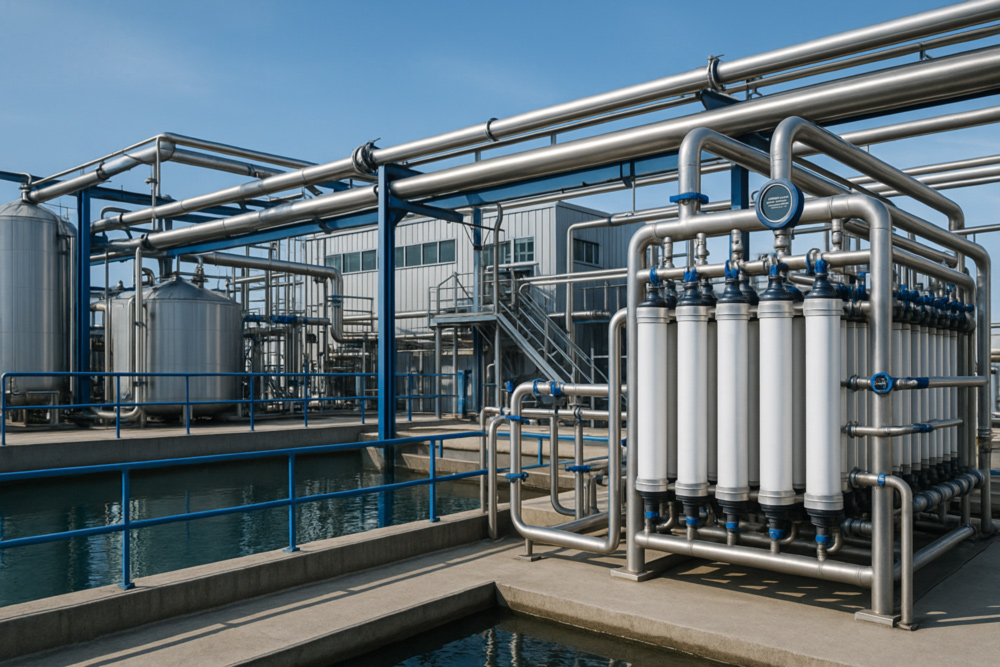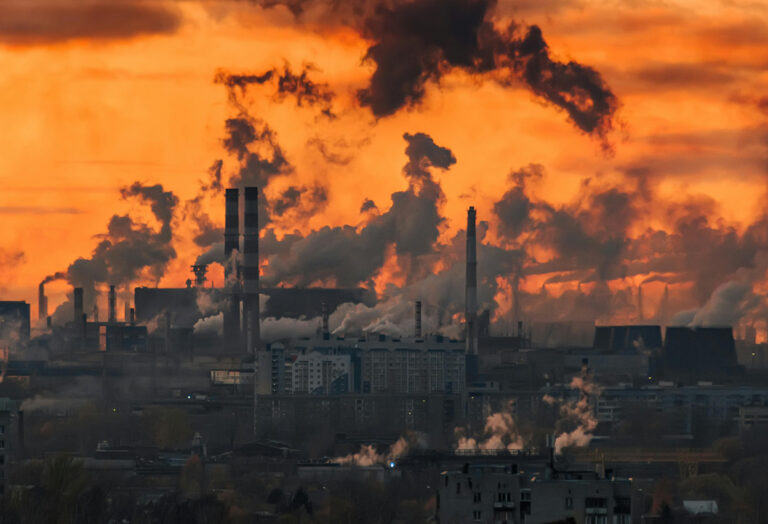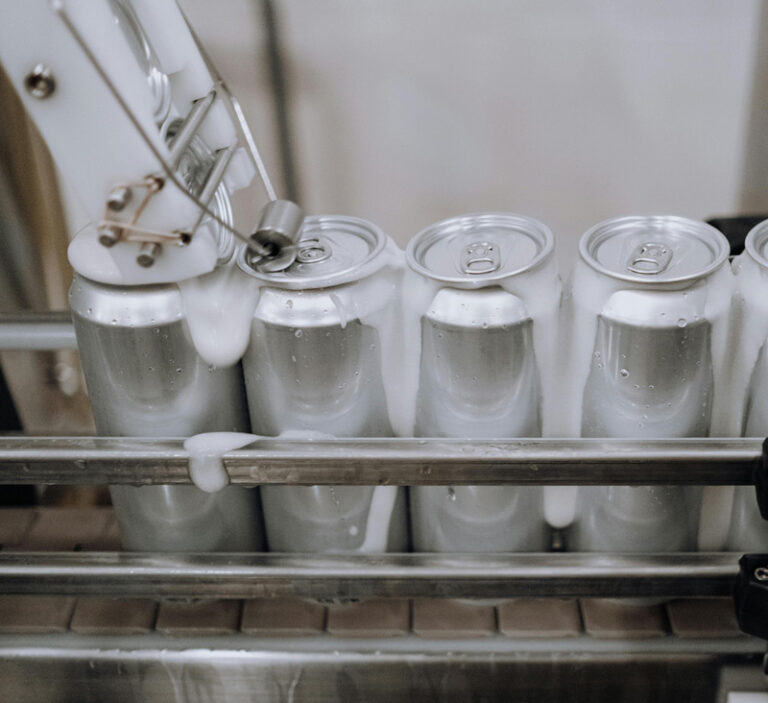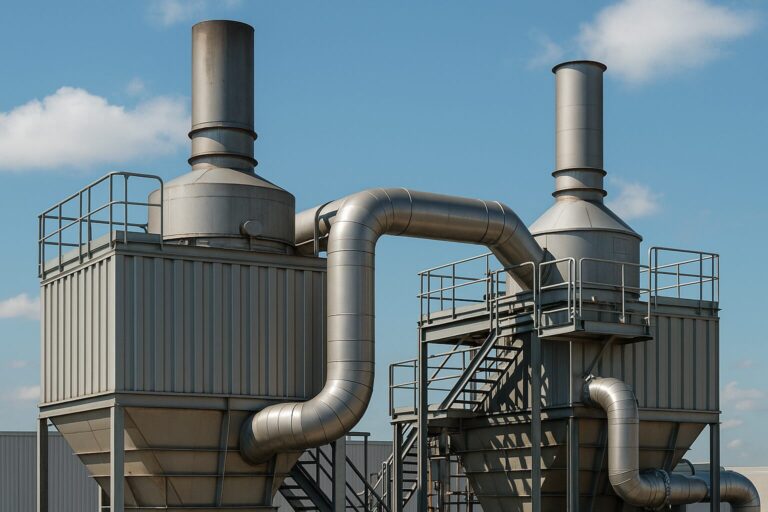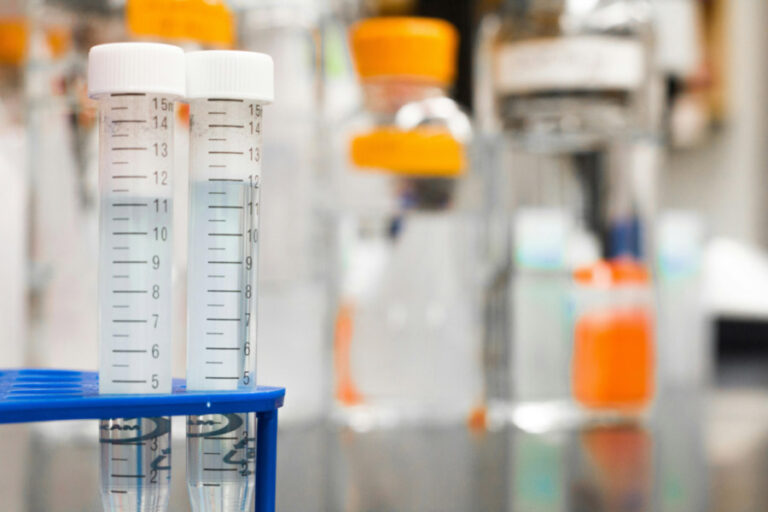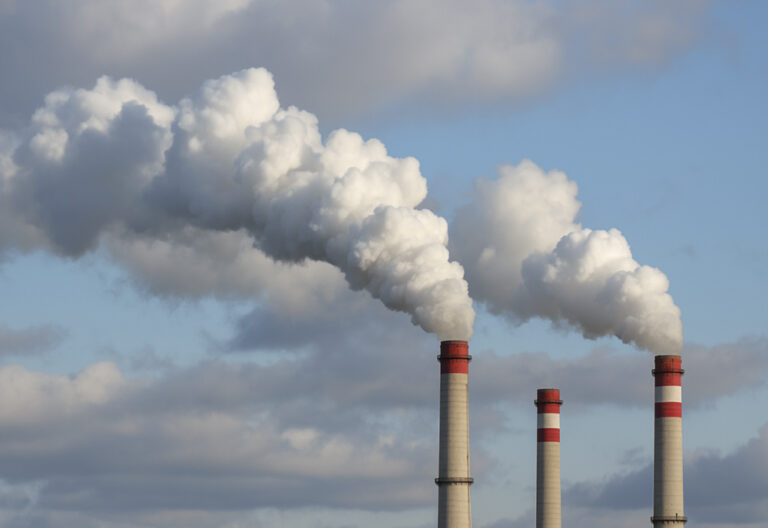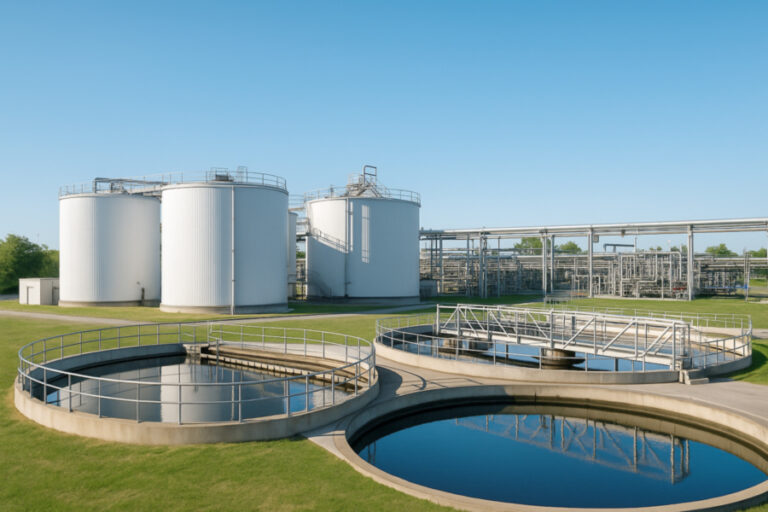Industrial wastewater treatment technologies are evolving rapidly in response to global sustainability challenges and stricter environmental regulations. As industries strive to enhance water management practices, they are turning to next-generation solutions that go beyond compliance to deliver efficiency, resilience, and circular value.
From digital monitoring systems to cutting-edge biological processes, the landscape of industrial wastewater treatment technologies is being reshaped by innovation. Today, forward-thinking companies are no longer content with traditional treatment models. Instead, they are investing in new technologies that optimize efficiency, reduce operational costs, and recover value from wastewater streams.
1. Advanced Oxidation Processes (AOPs) in Industrial Wastewater Treatment
Advanced Oxidation Processes (AOPs) are critical components of modern industrial wastewater treatment technologies. They use highly reactive hydroxyl radicals—generated through ozone, hydrogen peroxide, UV light, or catalysts—to degrade complex pollutants like pharmaceuticals, dyes, and industrial solvents into harmless end products.
AOPs serve as polishing steps in treatment trains, particularly when conventional methods are insufficient. They are also used to meet ultra-stringent discharge standards or to prepare wastewater for reuse.
These technologies are especially useful when combined with membrane systems or custom-designed FEED engineering solutions, as outlined in our process design services.
2. Membrane Bioreactors (MBRs): Compact, High-Quality Treatment
Membrane Bioreactors are integrated industrial wastewater treatment technologies combining biological degradation and membrane filtration. They provide higher treatment quality than traditional activated sludge systems and are especially useful for facilities targeting Zero Liquid Discharge (ZLD).
MBRs are space-efficient, produce consistent effluent, and perform well under fluctuating load conditions, making them ideal for modern industrial applications.
3. Bioelectrochemical Systems: The Future of Energy-Recovering Treatment
Emerging industrial wastewater treatment technologies include bioelectrochemical systems like microbial fuel cells (MFCs) and microbial electrolysis cells (MECs). These systems use electroactive bacteria to degrade pollutants while generating electricity or hydrogen gas.
Although still in development, they promise to transform wastewater treatment from an energy-consuming process into one that contributes to energy recovery.
4. Decentralized and Modular Industrial Wastewater Treatment Units
Decentralized and modular systems are industrial wastewater treatment technologies designed for flexibility. These preassembled units offer plug-and-play functionality, enabling rapid deployment and adaptation to site-specific conditions.
Such systems support resilience, reduce the need for transport, and enable localized water reuse, especially in remote or variable-load facilities.
5. Digitalization in Industrial Wastewater Treatment Technologies
Digital transformation is revolutionizing industrial wastewater treatment technologies. Real-time monitoring using AI and IoT allows for data-driven adjustments in pH, COD, turbidity, and flow, optimizing chemical dosing and energy use.
Digital twins and cloud platforms enable scenario simulations and predictive maintenance, improving both compliance and operational efficiency.
6. Leading the Future of Industrial Wastewater Treatment
These innovative industrial wastewater treatment technologies offer more than compliance—they build smart, sustainable, and resilient water systems. The convergence of biotechnology, modular design, and AI-enabled management is paving the way for the next era in environmental responsibility.
7. From Wastewater to Raw Material
An emerging pillar in industrial wastewater treatment technologies is the integration of resource recovery processes that align with circular economy principles. Rather than merely treating effluent to meet discharge standards, forward-looking systems now aim to recover valuable components such as phosphorus, nitrogen, and rare metals.
Techniques like struvite precipitation, selective ion exchange, and advanced biosorption enable industries to extract materials that can be reused in fertilizers, feedstocks, or manufacturing inputs. This not only reduces environmental impact but also transforms wastewater into a resource stream with economic value.
As regulatory frameworks increasingly favor circular models, integrating resource recovery into treatment systems is becoming a competitive advantage—and a mark of environmental leadership.
8. Artificial Intelligence for Predictive Compliance
Anticipating Problems Before They Happen
Among the most advanced industrial wastewater treatment technologies is the use of AI-powered predictive analytics to ensure regulatory compliance proactively. Instead of reacting to violations after they occur, smart systems now use real-time data to forecast deviations, anticipate failures, and trigger pre-emptive adjustments.
Using historical datasets, machine learning models can predict spikes in contaminant concentrations, equipment wear, or chemical overdosing. This not only improves discharge quality but also reduces operating costs and enhances reporting accuracy—crucial for facilities managing complex effluents or facing strict environmental scrutiny.
Predictive compliance tools are becoming indispensable in high-risk industrial sectors where precision and foresight can prevent costly shutdowns, legal consequences, and reputational damage.
Ready to take the next step? Explore our Key Services to learn how WIZZUM can help you implement advanced industrial wastewater treatment technologies tailored to your operational needs.
For additional technical resources, visit the EPA’s water research page to explore related environmental initiatives and emerging water treatment standards.

